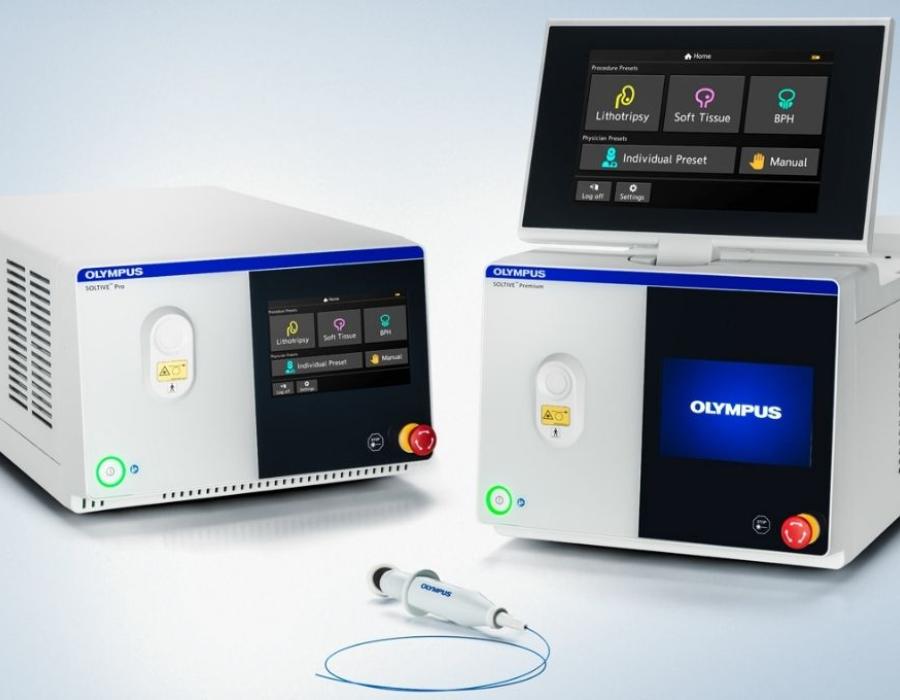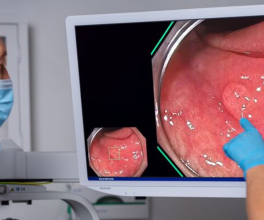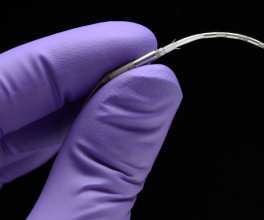
SOLTIVE: Changing the Game in Kidney Stone Treatment at MetroHealth-University of Michigan Health
Soltive™ SuperPulsed Laser System (Soltive Laser System), the first major innovation in fiber laser technology in the past twenty years, has been generating a lot of excitement among urologists as more and more hospitals begin to adopt this new laser technology for kidney stones.
In July, MetroHealth-University of Michigan became the first hospital in West-Michigan to adopt this new technology. Speaking with Shelley Irwin, host of WGVU-Morning Show on the local NPR affiliate, Dr. Jannah Thompson, MD, MetroHealth-University of Michigan Health, shared her experience using this new fiber laser technology.
The Soltive Laser System is a new kidney stone treatment device that can break stones into very small pieces and even reduce those fine pieces into dust that can be easily passed by the patient, ultimately reducing, if not eliminating, the usually painful process for patients of having to pass stone fragments.
Over the past 30 years, kidney stones, a crystalized particle formed when chemicals in urine concentrate, have become extremely common in the United States:
- The U.S. Department of Health and Human Services estimates 11 percent of men and 6 percent of women will develop kidney stones in their lifetimes.
- Larger kidney stones can get stuck in the urinary tract, causing severe pain, bleeding and a backup of urine.
- Larger kidney stones are resulting in more than 500,000 emergency room visits each year, according to the National Kidney Foundation.
Traditionally, kidney stones can be treated in the following ways:
- Naturally: Most small kidney stones don’t require invasive treatment and may be passed naturally by drinking more water and by taking a pain reliever to relieve discomfort.
- Shockwave Lithotripsy: Larger stones may require this ultrasonic treatment which is administered through an incision in the side of the body to break the stone into dust pieces from the inside of the body, making it easier to pass the pieces naturally.
- Percutaneous Nephrolithotomy: Using small telescopes and instruments a kidney stone is surgically removed through a small incision in your back.
- Ureteroscopy: Similar to a colonoscopy, in this procedure a camera is passed through the urinary system to find the location of the stone and then the stone is broken up with a laser.
The Soltive Laser System, used in ureteroscopy, is allowing hospitals to deliver faster and more efficient care to their patients while also increasing operational efficiency in the OR. In her radio segment Dr. Thompson says, “What makes Soltive so effective is that it breaks kidney stones up at low energy but much higher frequency, so we can treat stones in about half the time than we were previously able to based on the technology that we had.”
Saving time and increasing operational efficiency in these types of procedures is not only a benefit to the physician and the hospital, but also to the patient. In addition to speeding up the procedure time, the combination of lower energy levels and higher frequencies helps to create finer particles that are more easily washed out, which can contribute to less time under anesthesia and a faster recovery.
To listen to Dr. Thompson explain how Soltive is changing stone treatment at MetroHealth-University of Michigan Health, click here.

To learn more about the Soltive Laser System, click here.





